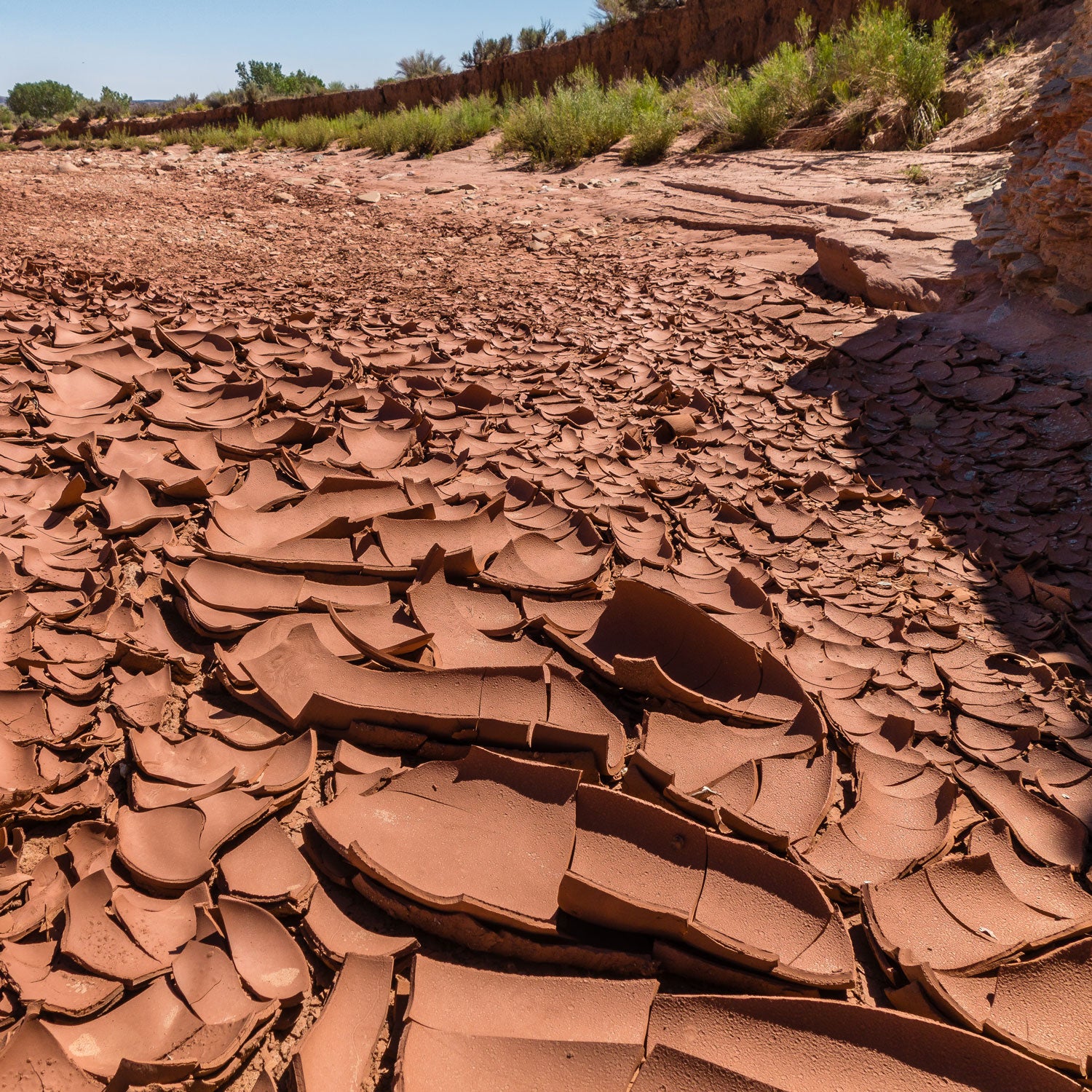Researchers are from using the word “drought” to describe the miserable precipitation the American Southwest has seen in recent years. Instead, we should think of the dry conditions as the new normal. And in a future with less water, predicting just how little rain or snowfall to expect is increasingly important. That’s why scientists are so worked up about a patch of water off the coast of New Zealand.
in the journal Nature Communications looked at 66 years of worldwide sea-surface temperature data and found an interhemispheric “bridge” that links warmer water in the southwestern Pacific Ocean with drier winters in parts of the Southwest. Researchers have named this connection the New Zealand Index (NZI), and it means scientists may have found the atmospheric equivalent of a crystal ball that will allow them to predict precipitation in the southwestern United States.
The connection between the two regions is made by air rising from the ocean nearby New Zealand and cycling north to waters around the Philippines, causing a change in sea temperatures there. As ocean waters heat up, they alter storm patterns, robbing some of the most already-parched regions in the United States—Southern California, Arizona, Utah, and Nevada—of much-needed winter rain and snowfall.
What’s so exciting about this discovery is the NZI’s effectiveness. When the study’s lead author, Antonios Mamalakis, a graduate student in civil and environmental engineering at the , looked at data collected for the past 40 years, he found the connection to be about 85 percent consistent in predicting precipitation. “This is the most important practical finding of our work,” Mamalakis says.
That’s a major improvement over the current method. According to from the National Weather Service’s Climate Prediction Center, winter precipitation predictions in the West for the past 23 years had about a 40 to 50 percent accuracy rating in best-case scenarios. This is because their data comes from a variety of less-reliable worldwide oceanic and atmospheric conditions—including the often-cited El Niño, which nudges the north jet stream and brings moisture to the Southwest. In the past 40 years, this connection has been weakening, but the NZI is proving to be a much stronger correlation. It could also give the region critical lead time to predict precipitation; researchers say the temperature changes that cause dry seasons in the Southwest begin around July and take three or four months to reach the United States.
For example, earlier predictions could direct cities and states to either ration water in preparation for drought or drain some water to avoid flooding in the case of a big storm system. Water transfers, a common drought response in which water is moved from one region to another, could happen earlier in the season, rather than March or April, when there may not be any to spare. Longer-term forecasting is so important that the California Department of Water Resources has invested $40 million into researching how to predict precipitation, and Congress has directed the National Weather Service to put $26.5 million dollars toward .
There is, however, a caveat to the discovery. Just as El Niño’s relationship to precipitation in the Southwest has weakened, researchers aren’t sure if the same will happen with the NZI. The flip side is that the connection could be strengthening. Researchers just aren’t sure at this point. “People haven’t paid much attention to these connections,” Mamalakis says, “but I think now, with this study, they will become much more interested in identifying them.”


